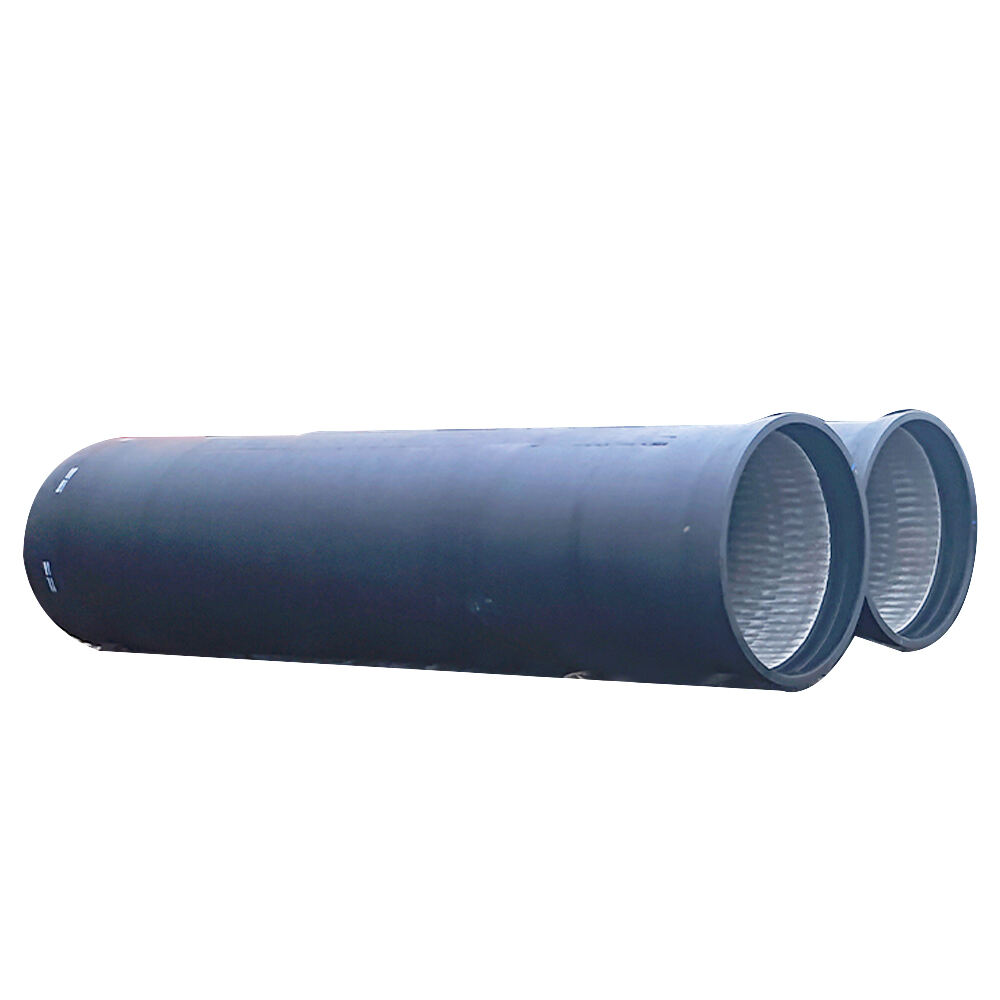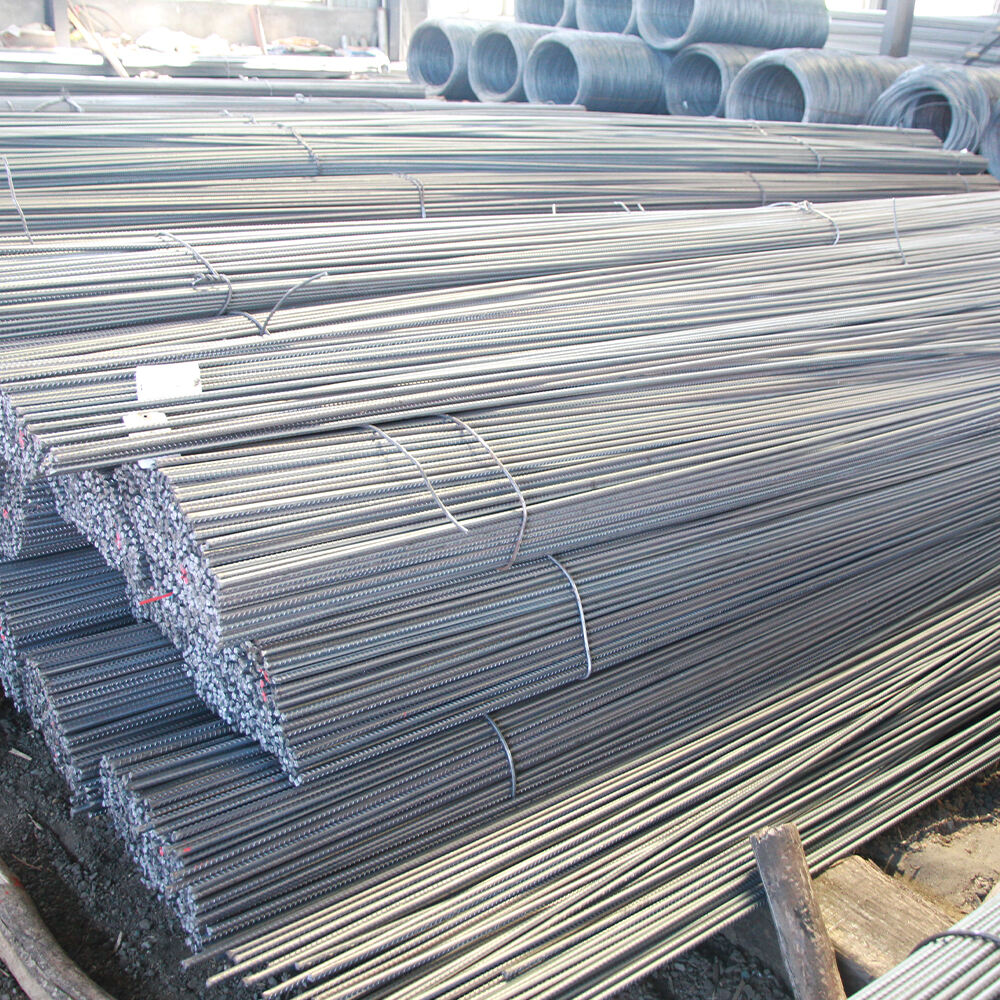цена на уголки
Цена на уголки представляет собой важный фактор в строительной и производственной отраслях, отражая рыночную динамику этих важных конструктивных компонентов. Эти металлические профили L-образной формы, доступные в различных размерах и материалах, служат основными строительными элементами в многочисленных приложениях. Структура цен обычно зависит от таких факторов, как марка материала, размерные характеристики, поверхностная обработка и рыночный спрос. Современные рыночные тенденции демонстрируют колебания, обусловленные стоимостью сырья, особенно ценами на сталь, производственными затратами и условиями глобальных цепочек поставок. Стандартные уголки обычно имеют длину от 20 мм до 200 мм, толщину от 3 мм до 25 мм, каждая конфигурация имеет разные ценовые уровни. Сертификаты качества и соответствие международным стандартам часто влияют на цены, так же как объемы закупок и условия доставки. Механизм ценообразования также учитывает такие факторы, как коррозионная стойкость, грузоподъемность и требования к долговечности. Производители и поставщики обычно предлагают конкурентоспособные ценовые структуры, которые обеспечивают баланс между гарантией качества и экономической эффективностью, чтобы клиенты получали соответствующую ценность своих инвестиций. Регулярный анализ рынка показывает, что цены на уголки могут значительно различаться в зависимости от региона и поставщика, что делает важным для покупателей проведение тщательного сравнительного анализа.


